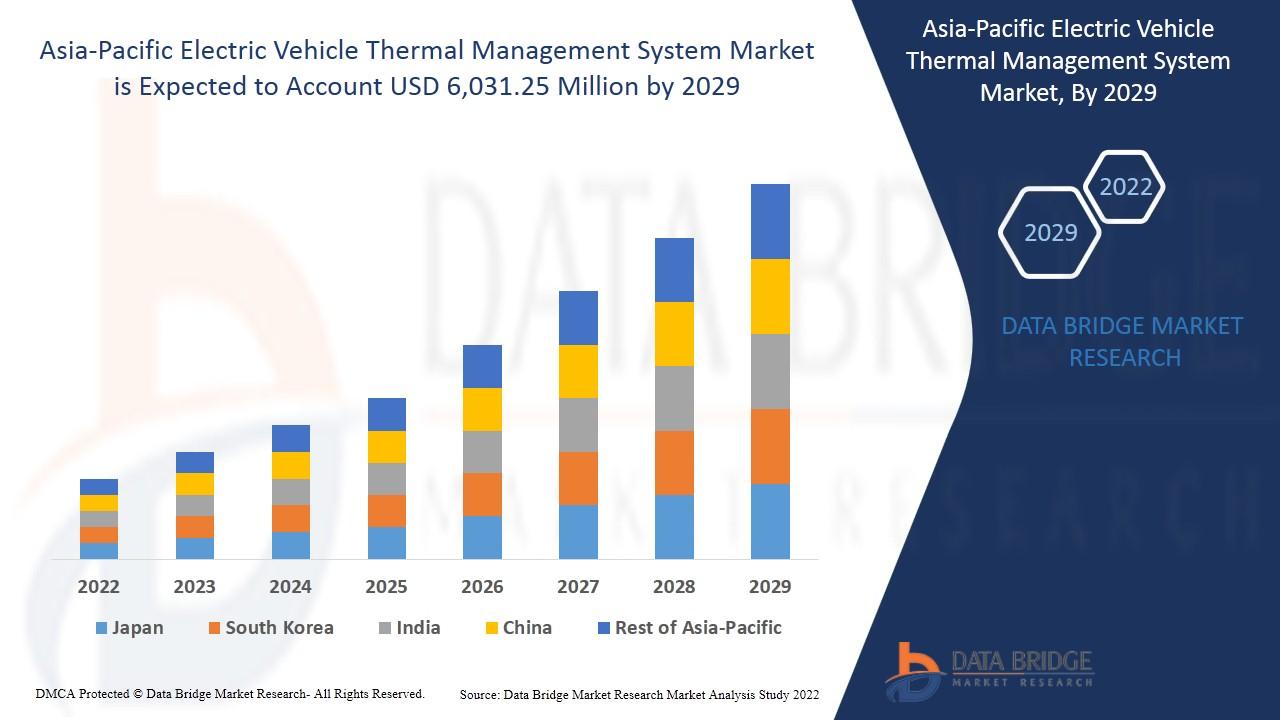A virtual card is a special bank card that, as the name suggests, is issued without a physical medium and exists only online. You can issue it as a separate banking product in almost every bank, as well as in addition to an existing account. This bank card is just a set of details - card number, expiration date, and a three-digit security code.
Usually, they are used as an additional means of payment for online purchases. So, you can replenish it before buying and making transactions, with the confidence that your main card data will not be compromised. In addition, a virtual card can be linked to the Pay service in a smartphone and paid with it as usual already in the “analog” world.
At the same time, the data will also be reliably protected, and it is impossible to lose it. And the natural limits that are set on transactions and the balance on such cards will make it easier for you to keep track of the budget. Also, unlike “plastic”, virtual cards are issued instantly, there is no need to wait for their production. And you can get it even if the bank is not represented in your region.
However, such cards cannot completely replace classic plastic. Virtual cards issued in the bank's application without customer identification have quite serious limitations. Thus, the transaction limits vary for different cards from 5 to 15 thousand per month, and the balance on such cards on average cannot exceed 40-60 thousand per month. If you have been identified by your passport or are already a client of the bank, then the limits can be expanded to 60 thousand and 200 thousand, respectively. In addition to limits, the popularity of virtual machines and the fact that not everywhere the payment infrastructure is ready for them slows down. So, although almost all POS terminals are already able to make contactless payments, NFC modules are far from being found in all ATMs, which means that it will not be possible to withdraw money from such a card everywhere.
However, despite the pros and cons, the popularity of digital cards continues to grow. Since here the interests of bankers and users converge. People value convenience and safety. Such a tool allows banks to expand the geography of their presence. In addition, the issuance of virtual cards is more environmentally friendly and cheaper for credit institutions. Therefore, already now the share of annually issued virtual cards about the emitted plastic in different banks ranges from 10% to 20%. This is a pretty significant part.
However, it is clear that in the next five years, plastic will not go anywhere. This will require a serious upgrade of the payment infrastructure, increasing the financial literacy of users, as well as increasing the availability of banking services in general, through solving the issue of remote user identification. More information about virtual cards can be found on our website https://wallester.com.





